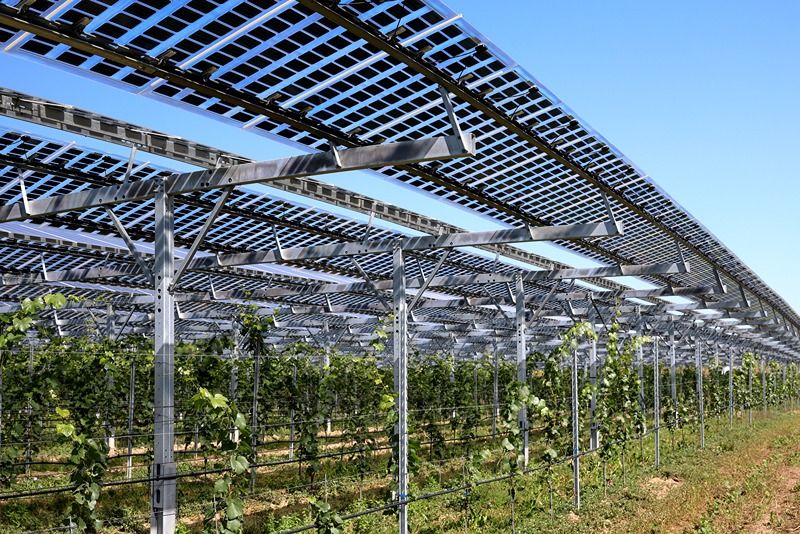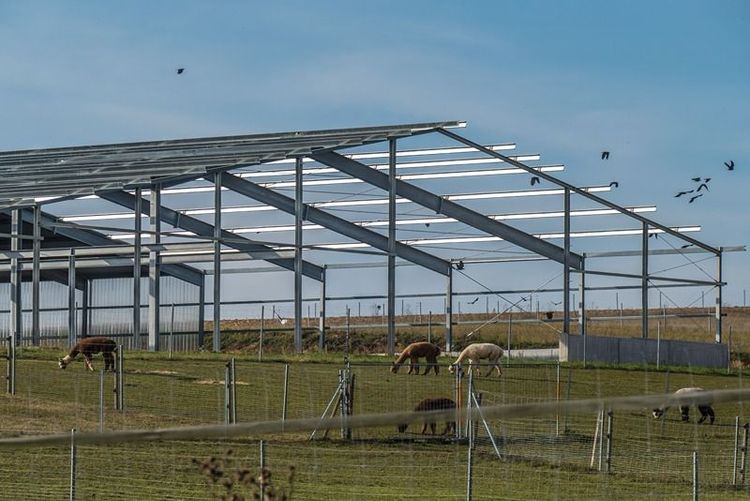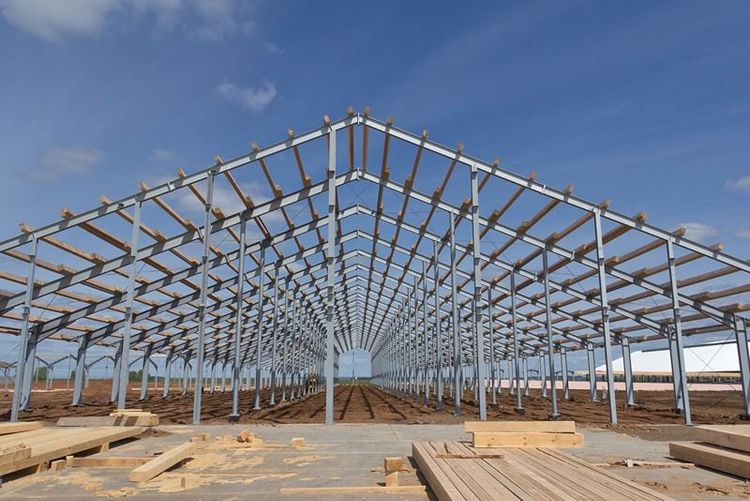Pre-engineered buildings (PEBs) rely heavily on steel as the primary material for their construction. Steel provides strength, flexibility, and durability, making it suitable for large-scale agricultural applications. Understanding the types of steel used in PEBs helps to highlight their suitability for agriculture.
Steel types used in PEBs
Structural steel
Structural steel forms the framework of PEBs. It is used in beams, columns, and trusses to provide the necessary strength to support heavy loads. The material’s high strength-to-weight ratio allows for wide-span designs, maximising usable space without internal obstructions.
Galvanised steel
Galvanised steel is coated with zinc to prevent corrosion. This makes it ideal for agricultural settings where exposure to moisture, fertilisers, and chemicals is common. Galvanised steel is often used in roofing sheets, wall panels, and other exposed components.
Cold-rolled steel
Cold-rolled steel is used for precision components, such as purlins and girts. Its smooth surface and dimensional accuracy ensure easy assembly and a clean finish. Cold-rolled steel is also resistant to deformation, enhancing the structural stability of PEBs.
High-strength, low-alloy (HSLA) steel
HSLA steel provides additional strength while reducing weight. This steel is often used in critical structural elements, such as load-bearing members, to improve efficiency. Its composition ensures resistance to wear and fatigue, making it suitable for long-term agricultural use.
Steel panels and cladding
Steel panels are used for exterior walls and roofs. They are often coated with colour finishes or specialised paints for weather resistance and insulation. Coated steel ensures protection against UV radiation and environmental wear .






 +91 7208055523
+91 7208055523
 Help & support
Help & support
